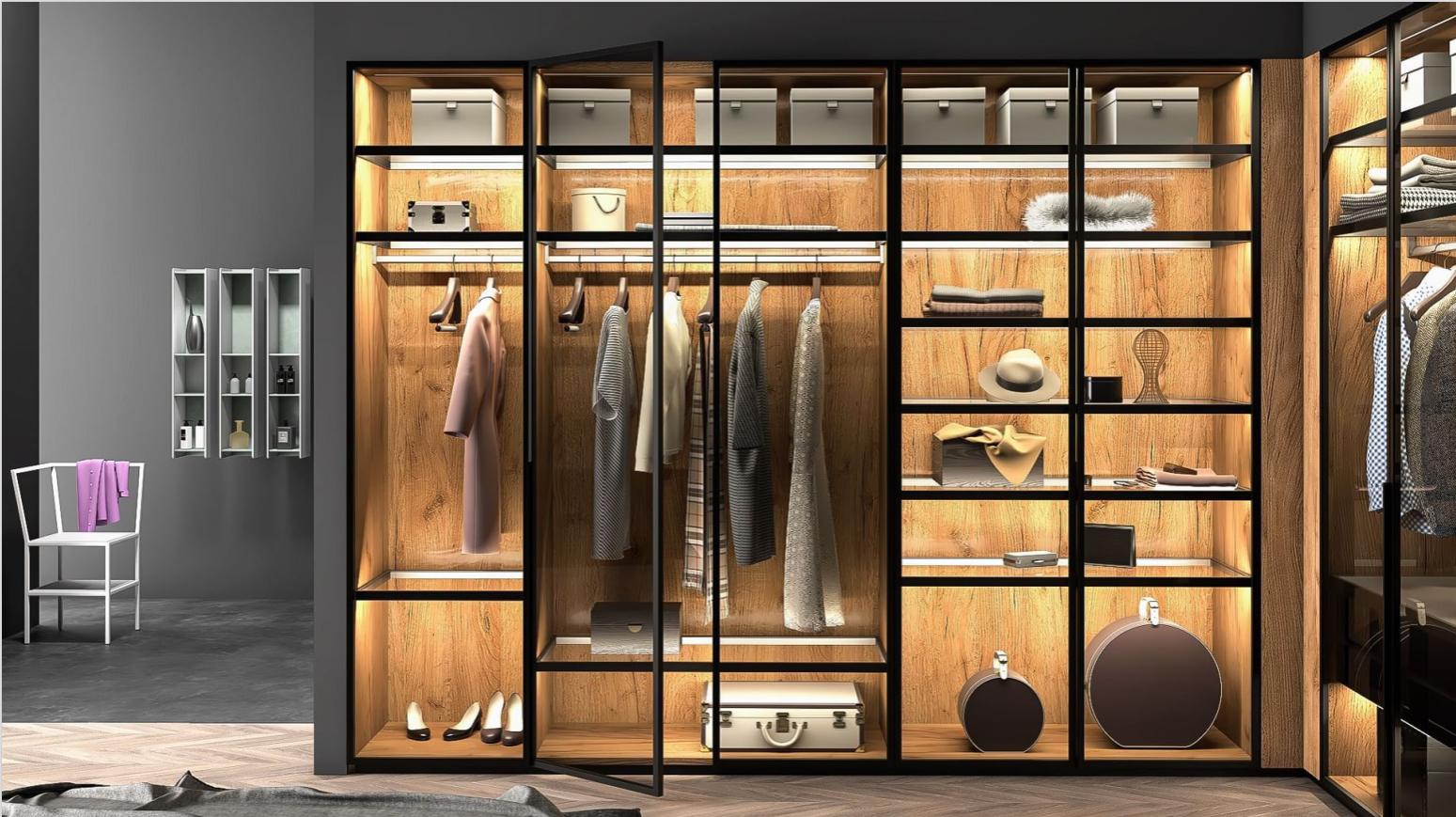For many years, there has been a focus on specifying products made with environmentally friendly materials and manufacturing processes. There is also a growing expectation for lighting designers to reduce carbon footprints through lighting design.
“In the future, I think we’re going to see more attention being paid to the total impact of lighting on the environment. Not only is the wattage and color temperature important, but so is the overall carbon footprint of the products and lighting design over their entire lifecycle. The trick will be to practice even more sustainable design while still creating beautiful, comfortable, and welcoming spaces.”
Lighting control systems ensure that the right amount of light is used at the right time, and that fixtures are turned off when they are not needed, in addition to selecting carbon-reducing features. When combined effectively, these practices can significantly reduce energy consumption.
Designers can further reduce energy consumption by selecting fixture attributes. Using optical lenses and grazers to bounce light off walls and ceilings is one option, as is specifying fixtures that increase lumen output without using additional energy, such as adding White Optics internal coating to a fixture.

In all aspects of architectural design, occupant health and comfort are becoming increasingly important considerations. Lighting has a wide range of effects on human health, resulting in the two emerging trends:
Circadian Lighting: While the debate over the efficacy of circadian lighting is still ongoing due to science catching up with theory, the fact that we are still discussing it shows that it is a trend that is here to stay. More businesses and architectural firms believe that circadian lighting can affect occupant productivity and health.
Daylight harvesting is a more widely accepted technique than circadian lighting. Buildings are designed to let in as much natural light as possible through a combination of windows and skylights. Natural light is supplemented by artificial light. Lighting designers consider the balance of fixtures required closer to/further away from natural light sources, and they use lighting controls to work in tandem with a variety of other controls used in these interiors to reduce glare from natural light, such as automated blinds.
The way we use offices is changing as a result of the rise of hybrid work. Spaces must be multipurpose to accommodate a constantly changing mix of in-person and remote workers, with lighting controls that allow occupants to adjust the lighting to best suit the task at hand. Employees also want lighting at individual workstations and conference rooms that makes them look good on screen. Finally, businesses are attempting to entice employees back into the office by renovating spaces to make them more inviting.
Lighting trends change and evolve in tandem with our tastes, needs, and preferences. Great lighting has a visual and energetic impact, and it is certain that these lighting design trends in 2022 will fully embrace impactful and thoughtful design as the year progresses and into the future.
Post time: Dec-30-2022

 Chinese
Chinese